Search
Remove Ads
Advertisement
Summary 
Loading AI-generated summary based on World History Encyclopedia articles ...
Search Results

Definition
Steam Hammer
The steam hammer was developed in 1839 by the Scotsman James Nasmyth (also spelt Naysmyth, 1808-1890). Coming in a wide range of dimensions, the steam-powered machine was used to forge and shape very large pieces of metal for industrial use...
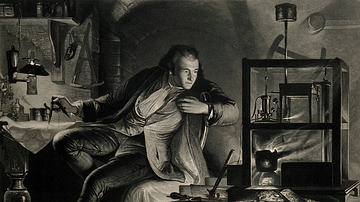
Article
The Steam Engine in the British Industrial Revolution
Steam power was one of the most significant developments of the Industrial Revolution (1760-1840) in Britain. First invented as a pump in the 1690s, a host of inventors tweaked designs and tinkered with machinery until an efficient and powerful...
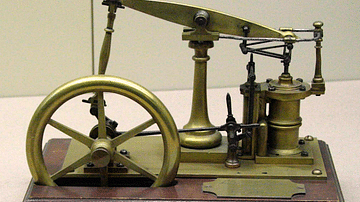
Definition
Watt Steam Engine
The steam engine developed by the Scotsman James Watt (1736-1819) from 1769 was much more efficient in terms of power and fuel consumption than earlier models, and it significantly increased the possible uses for this key invention of the...

Image
Nasmyth's Steam Hammer
An 1871 oil painting of a steam hammer invented by the Scotsman James Nasmyth (1808-1890) in 1839 during the Industrial Revolution. The steam-powered machine lowered a weight onto an anvil using gears which allowed for both precision and...
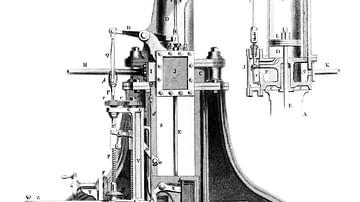
Image
Diagram of a Nasmyth Steam Hammer
An 1854 diagram of the steam hammer invented by James Nasmyth (1808-1890) in 1839. The hammer used steam power to precision drop a weight which bent metal to specification. (From Cyclopædia of useful arts, mechanical and chemical, manufactures...
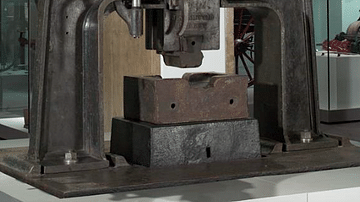
Image
Royal Mint Steam Hammer
A Royal Mint steam hammer, a device invented by James Nasmyth (1808-1890) in 1839 during the Industrial Revolution. (The Science Museum, London)

Article
Top 10 Inventions of the Industrial Revolution
The British Industrial Revolution transformed life at work and at home for practically everyone. Noise, pollution, social upheaval, and repetitive jobs were the price to pay for labour-saving machines, cheap and comfortable transportation...

Definition
British Industrial Revolution
The British Industrial Revolution (1760-1840) brought innovative mechanisation and deep social change. The process saw the invention of steam-powered machines, which were used in factories in ever-growing urban centres. Agriculture remained...
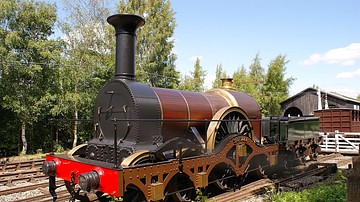
Article
The Railways in the British Industrial Revolution
The railways were perhaps the most visible element of the Industrial Revolution for many. Trains powered by steam engines carried goods and people faster than ever before and reached new destinations, connecting businesses to new markets...
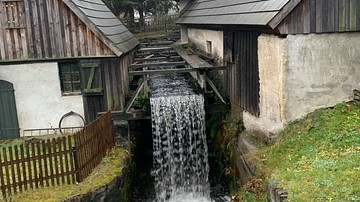
Image
Frohnauer Hammer
The Frohnauer Hammer Museum contains a hammer forge from the 17th century CE. The water channel provides the water necessary for the waterwheel to run the three tilt hammers inside the hammer forge.